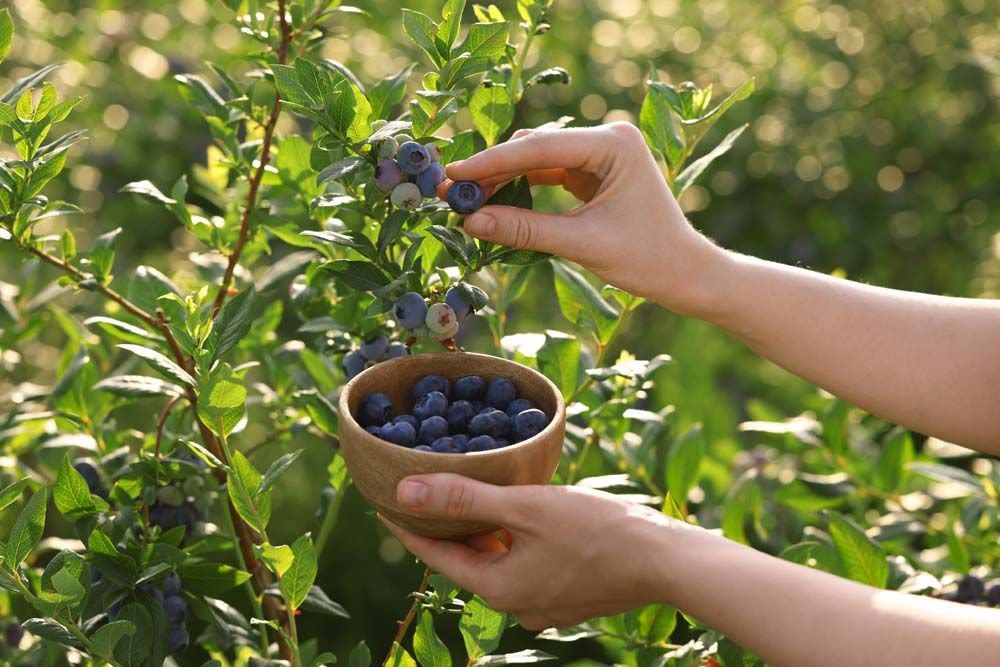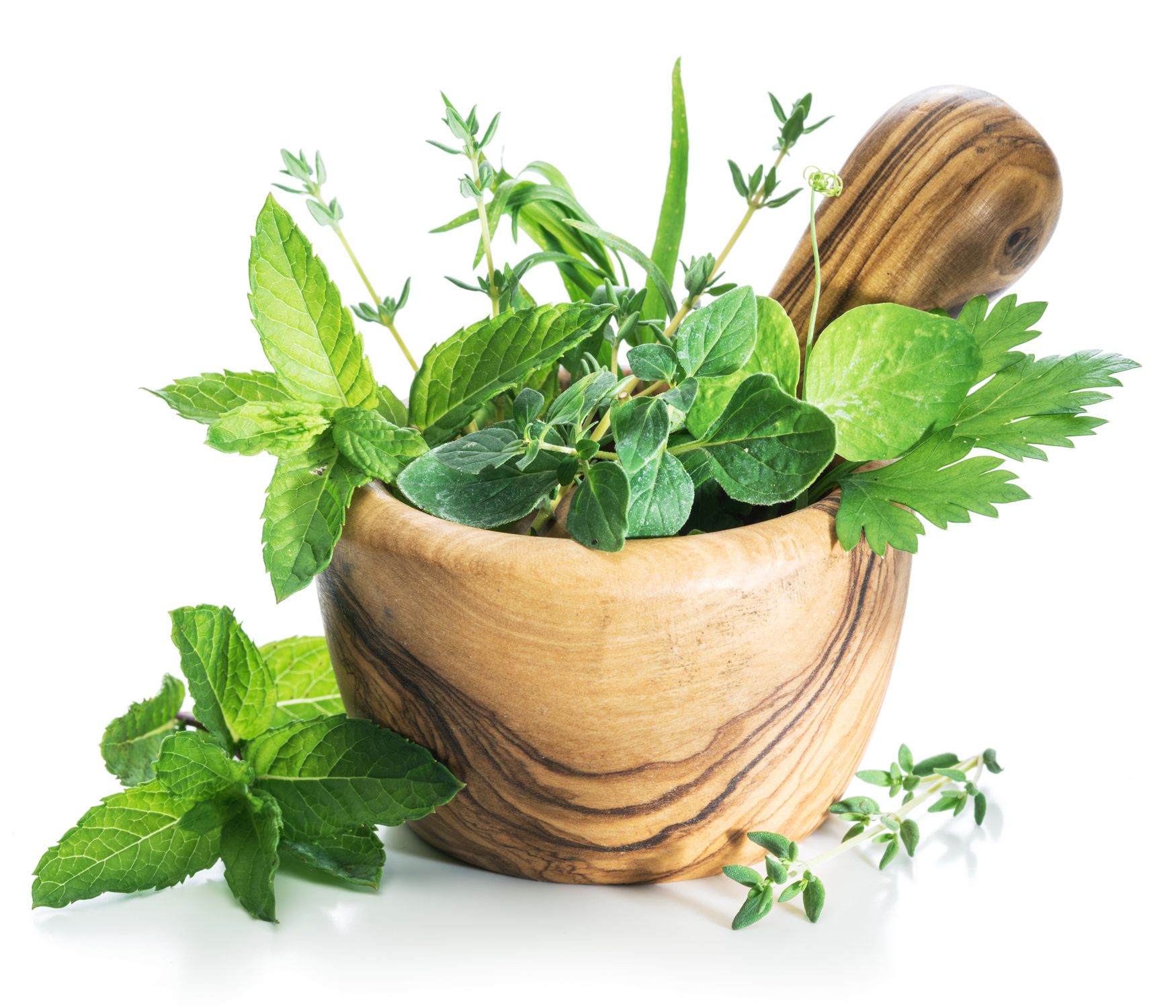Growing Blueberries: 4 Essential Tips to Get Started


Blueberries are a spectacular combination of taste, texture, and color—in short, the perfect summer treat. Blueberries are packed with vitamins and health-helpful antioxidants, plus they have the ability to spice up your morning waffles. Who wouldn’t want to be able to pick plump, flavorful blueberries right from their own garden? Let’s get started.
1. Check your Soil Acidity
When you garden on a small scale, it’s easy to brush away advice that seems overly technical. Sunshine, water, soil—do you really need to worry about much else? That philosophy might suffice for some crops, but blueberries are another matter because they have specific soil acidity needs. You’ll recall that soil acidity is measured on a pH scale, which ranges from 1 to 14 with 7 representing the neutral point. Blueberries favor a soil pH of 4.5 to 5.5—so somewhat acidic. If they don’t have the appropriate soil acidity, they’ll probably suffer from iron chlorosis, resulting in sickly-looking plants with pale leaves and poor growth.
Luckily, you can easily test your soil with an inexpensive kit. Given blueberries’ needs, your challenge will likely be to lower the acidity of your garden soil down to about 5 (ideally, this happens before you plant). So how do you do it? While pH levels can in theory be lowered through the use of peat moss or compost, the usual method is to apply a sulfur supplement like aluminum sulfate or elemental sulfur to soil (you can purchase these at garden centers).
2. Have Patience
Lowering soil pH takes quite a bit of time. That’s because it isn’t the sulfur itself that is doing anything to the soil directly. Instead, microbes in the soil begin to slowly rework the sulfur into sulfate, which lowers the pH. The microbes won’t metabolize if the temperature is colder than about 55°F, so fully lowering your soil’s pH this way could take a year. If you’re looking to put in a large crop, then lowering the pH of a large area of soil with sulfur is a necessary step and means you’ll need to plan ahead to plant blueberries in this way. But if you’re only planting a couple of blueberry bushes, you have another option.
3. Use Acidic Planting Soil
If you’re looking at planting a reasonably small number of blueberry plants, you can choose bagged soil that’s formulated for acid-loving plants. Simple! The soil pH may still want to drift upwards over time, so regular soil testing and supplementing—perhaps mulching with pine needles or top-dressing with a soil acidifier—may be necessary. Get advice from your local extension office.
4. Plant for Success!
But of course there is more to growing blueberries than simply tending soil acidity. What else do you need to think about?
Consider these points:
- Choose a type. Not all blueberry varieties grow the same way; there are “lowbush” and “highbush” species. Lowbush blueberries max out at maybe two feet tall, but like to spread out (the way wild blueberries do). Highbush blueberries pack some serious height—some can easily go six feet tall or more.
- Full sun. Don’t think about hiding your blueberry bushes behind the house or under the trees—your blueberries require full sun for best success.
- Grow more than one variety. Cross-pollination can result in larger fruit, so put things in your favor by planting more than one variety of blueberry bushes.
- Take your time. Blueberries can take two years to produce fruit, and it could be a decade before they really hit their stride. When you grow blueberries, you’re in it for the long haul!
- Consider containers. If you don’t mind large containers, you can potentially grow low bush blueberries in pots on your sunny porch. This is also a great way to get around the acidity issue if the rest of your garden soil has a higher pH.
- Pruning matters. Blueberry bushes need occasional moderate pruning during the winter; just enough to remove dead stalks, shape the bush, and create some good airflow to the center.
Just think! Before you know it, you’ll be harvesting your very own blueberries and enjoying them in your kitchen—a true joy for any gardener!
Tags:Garden & Landscape

Acreage Life is part of the Catalyst Communications Network publication family.














